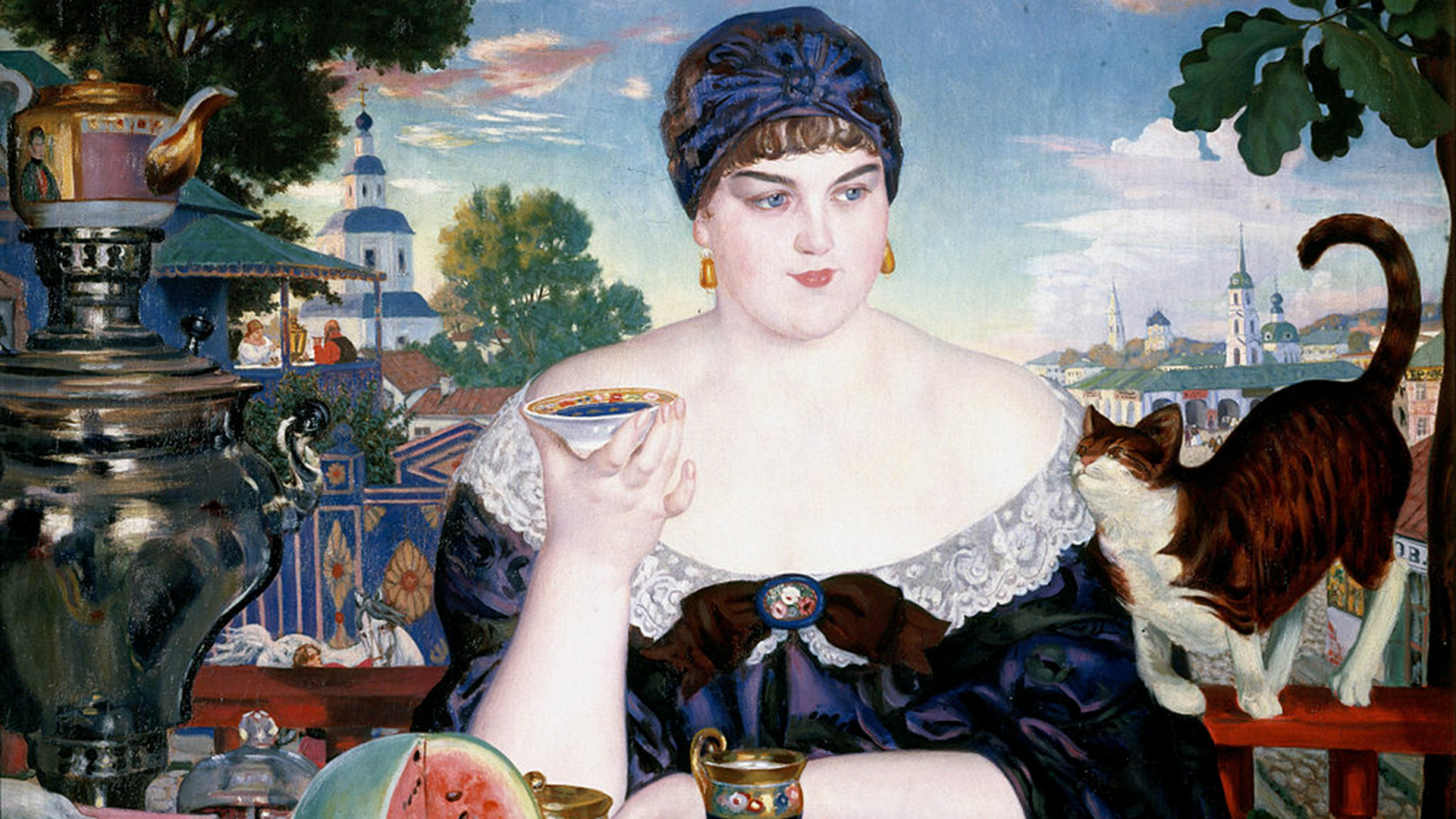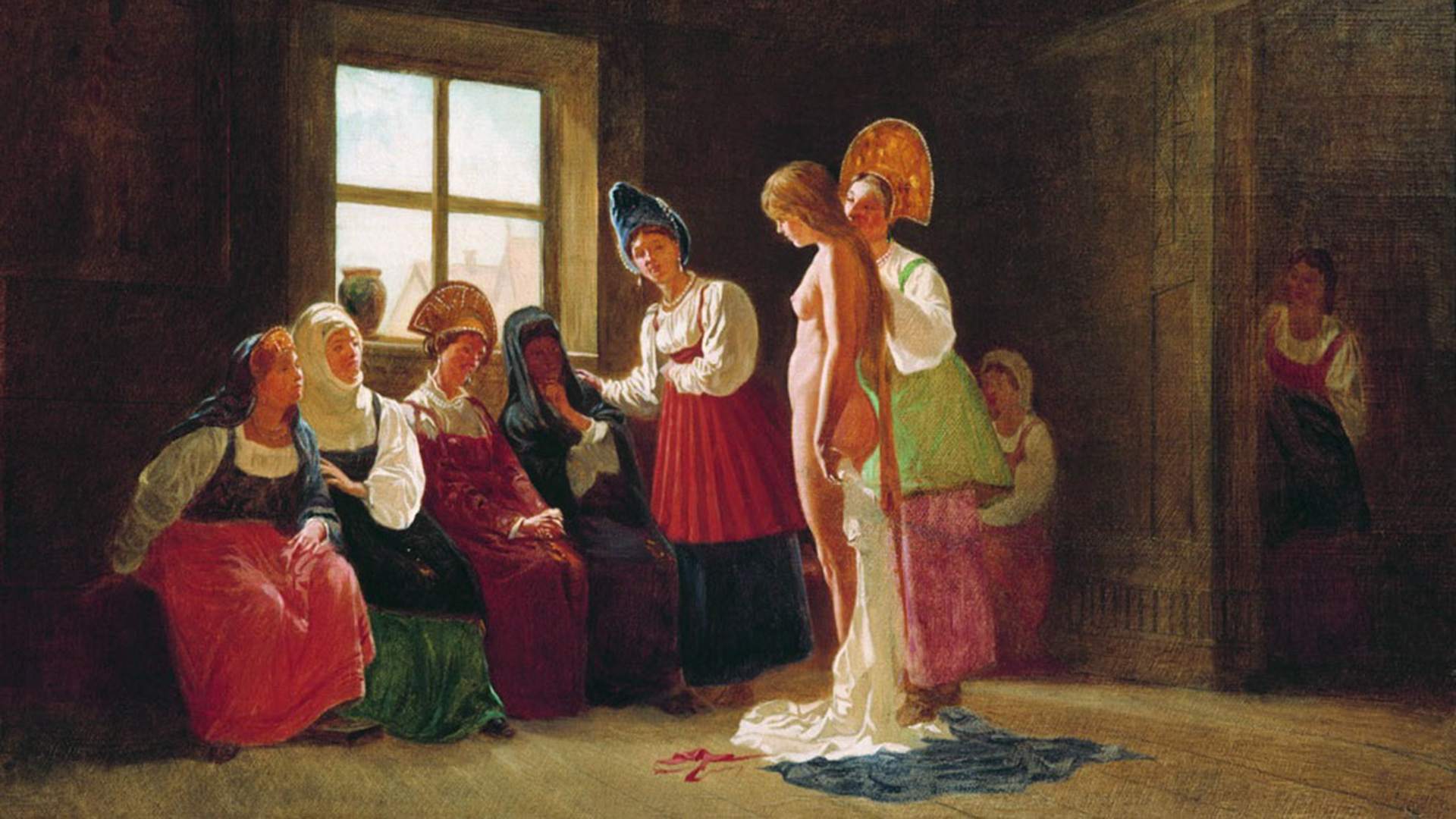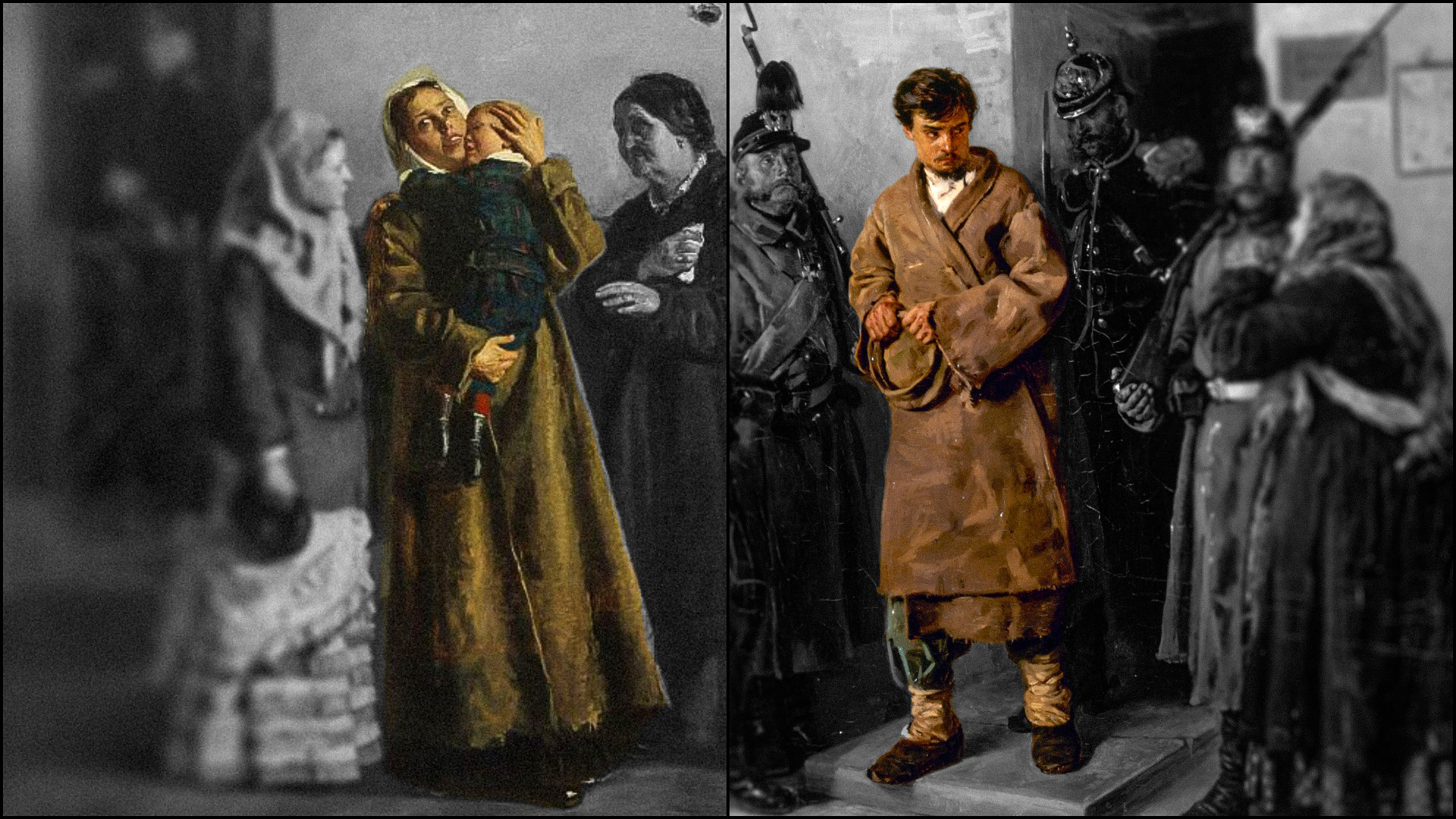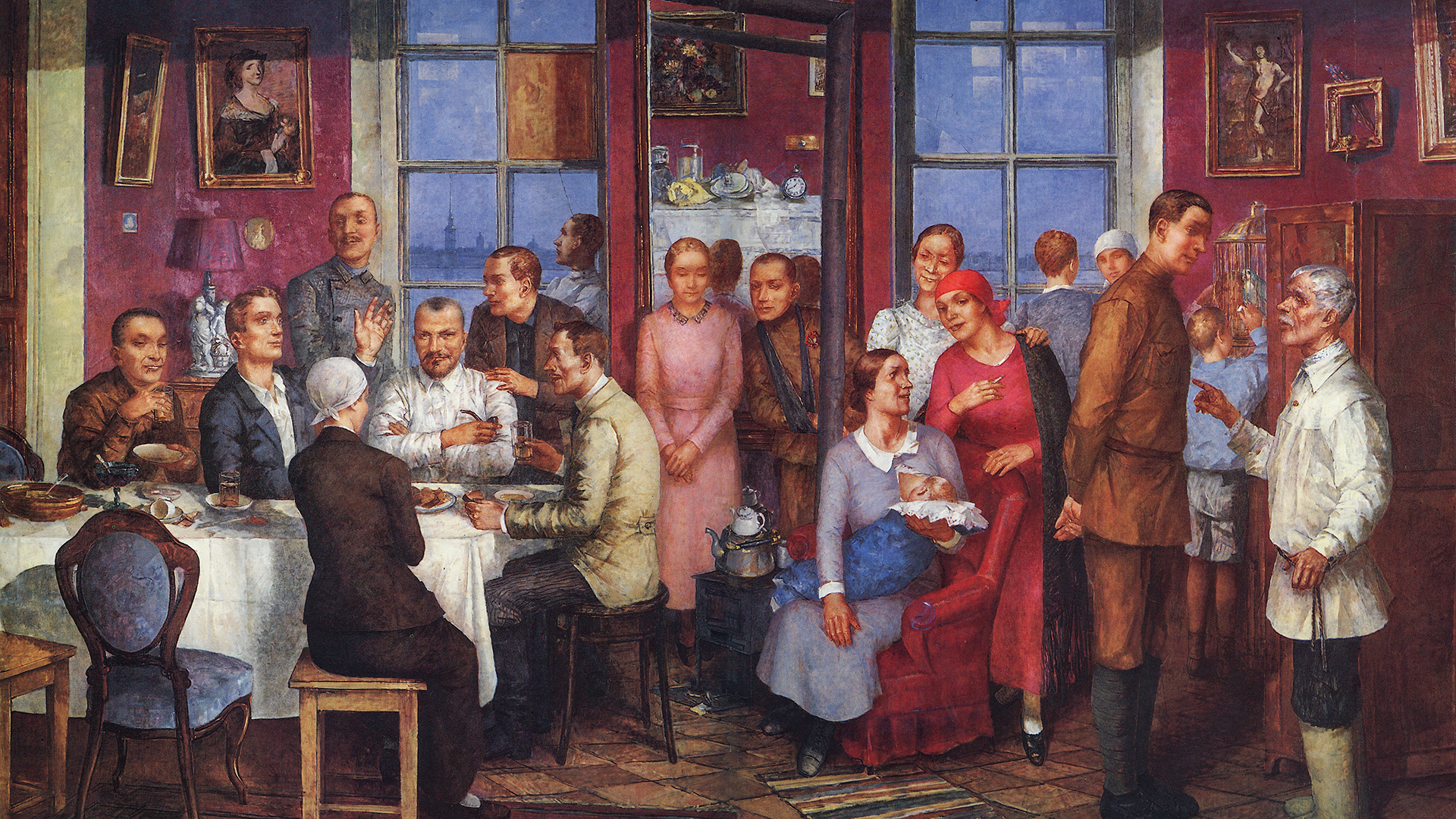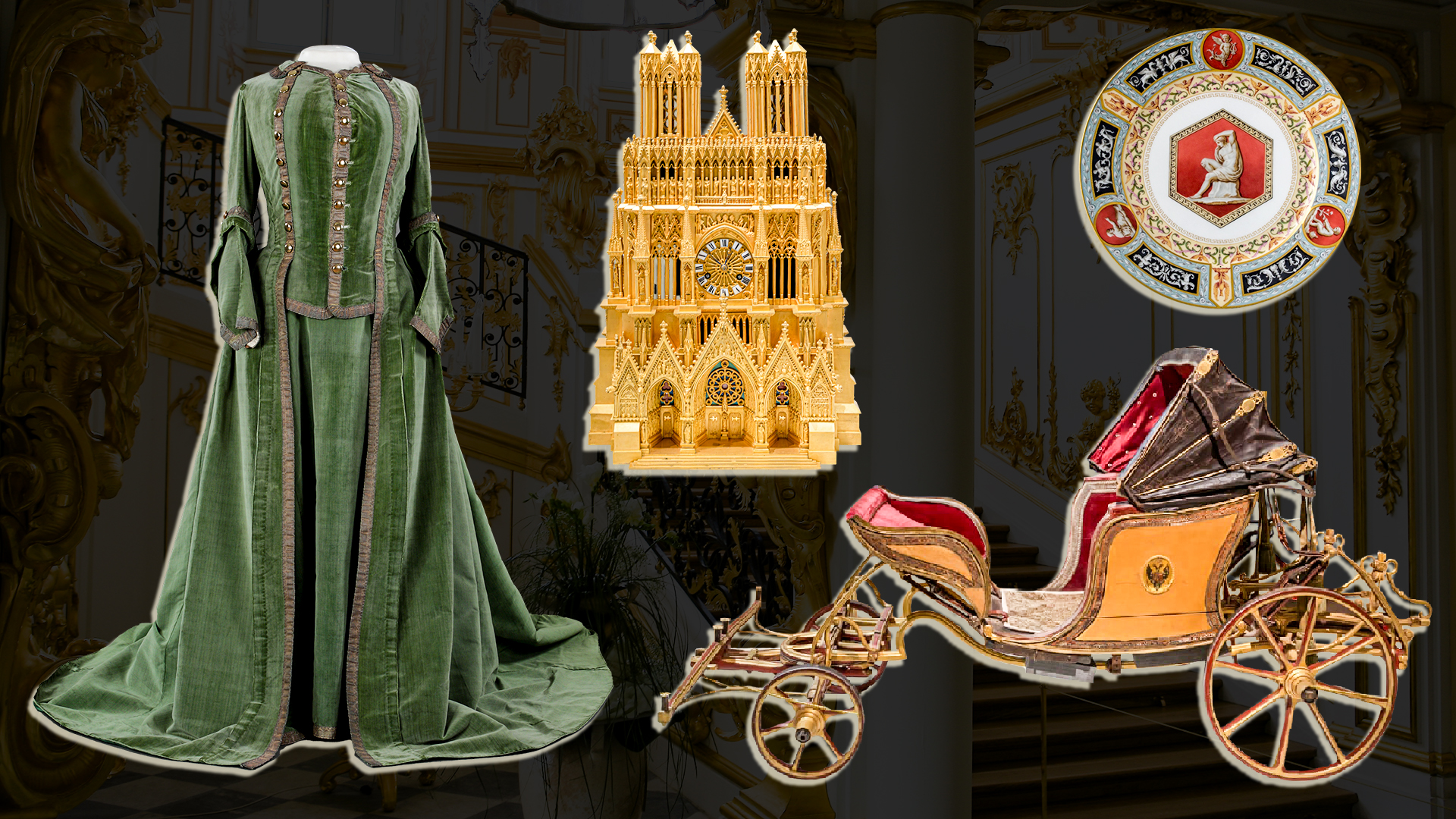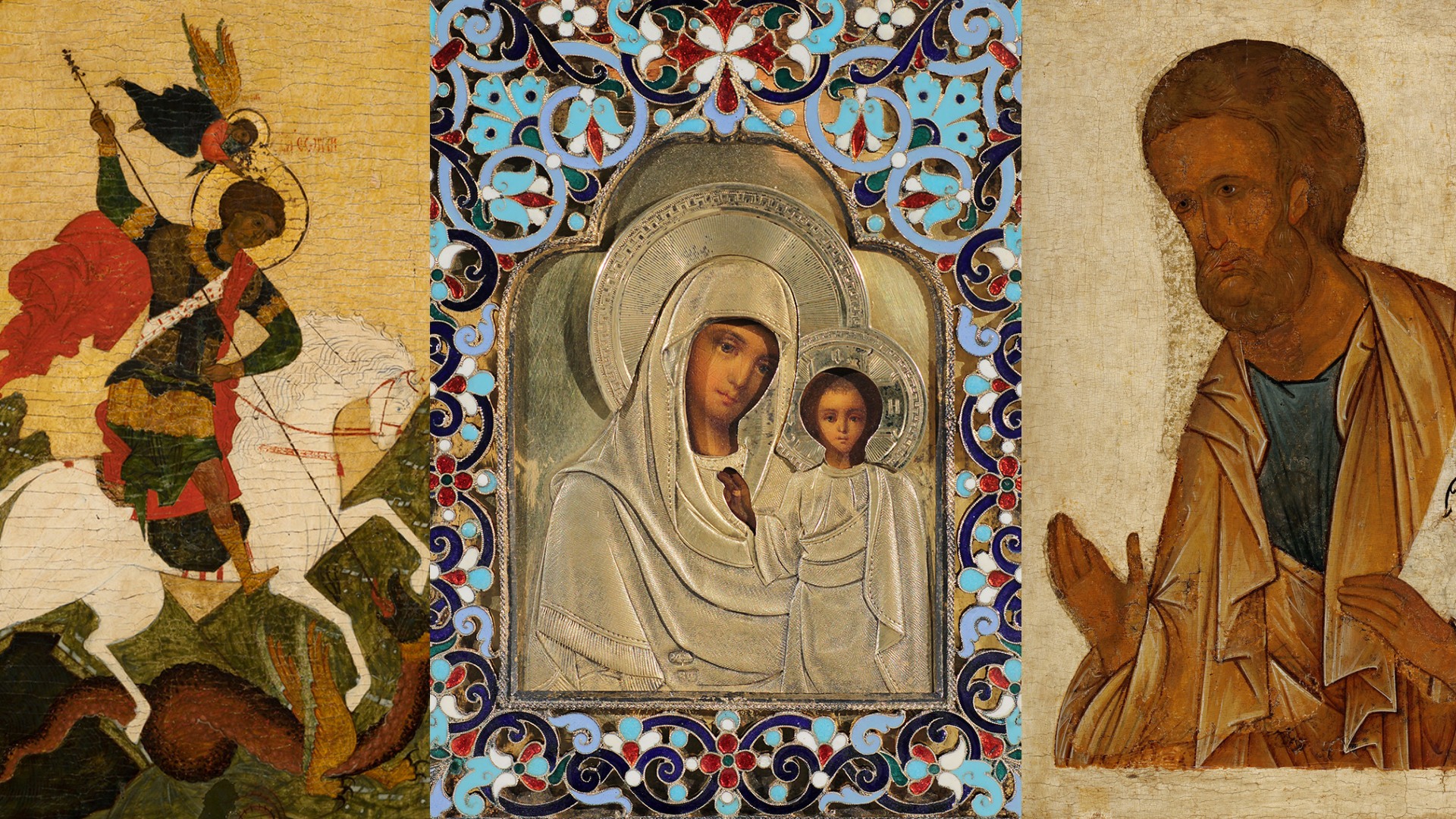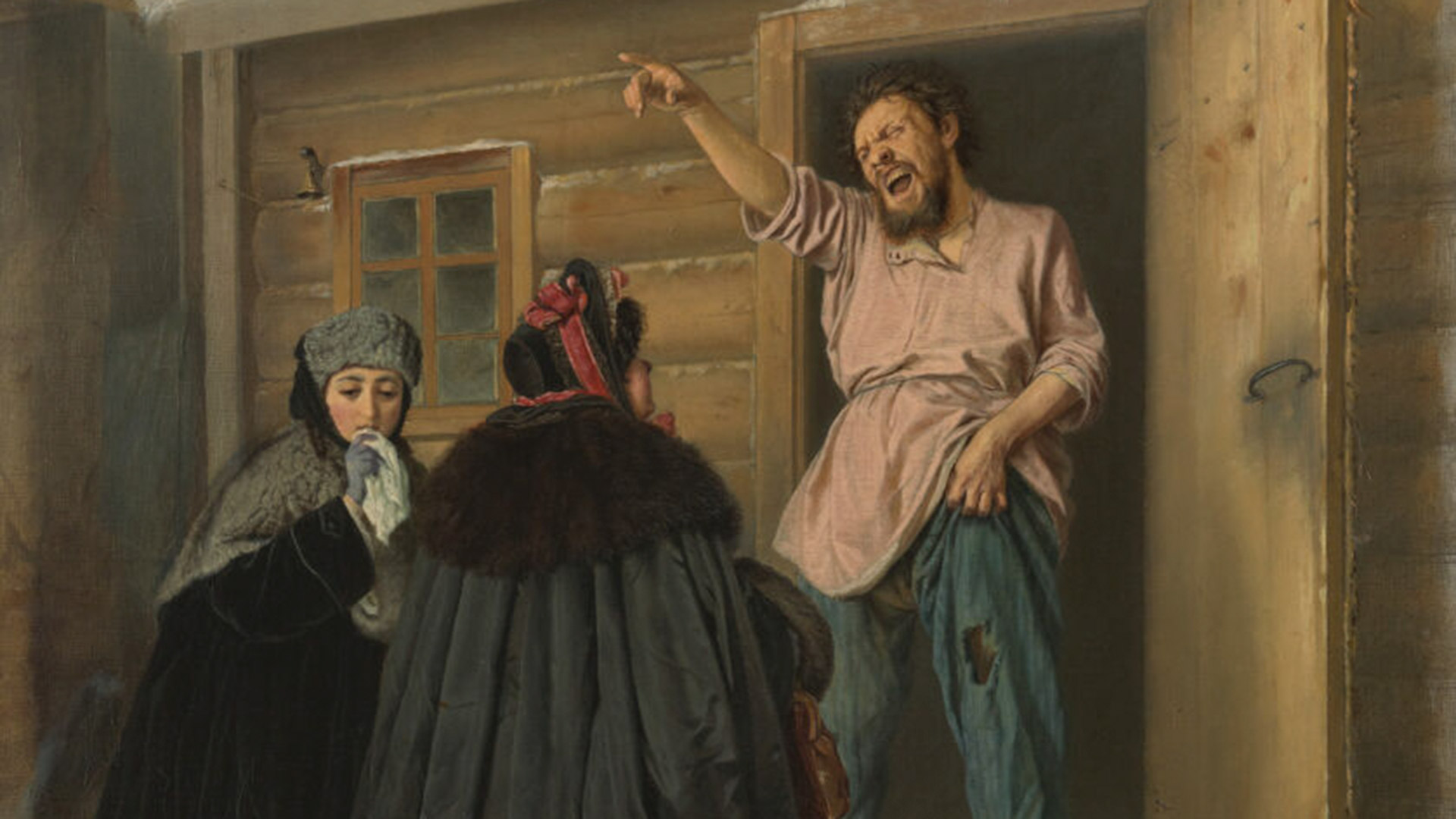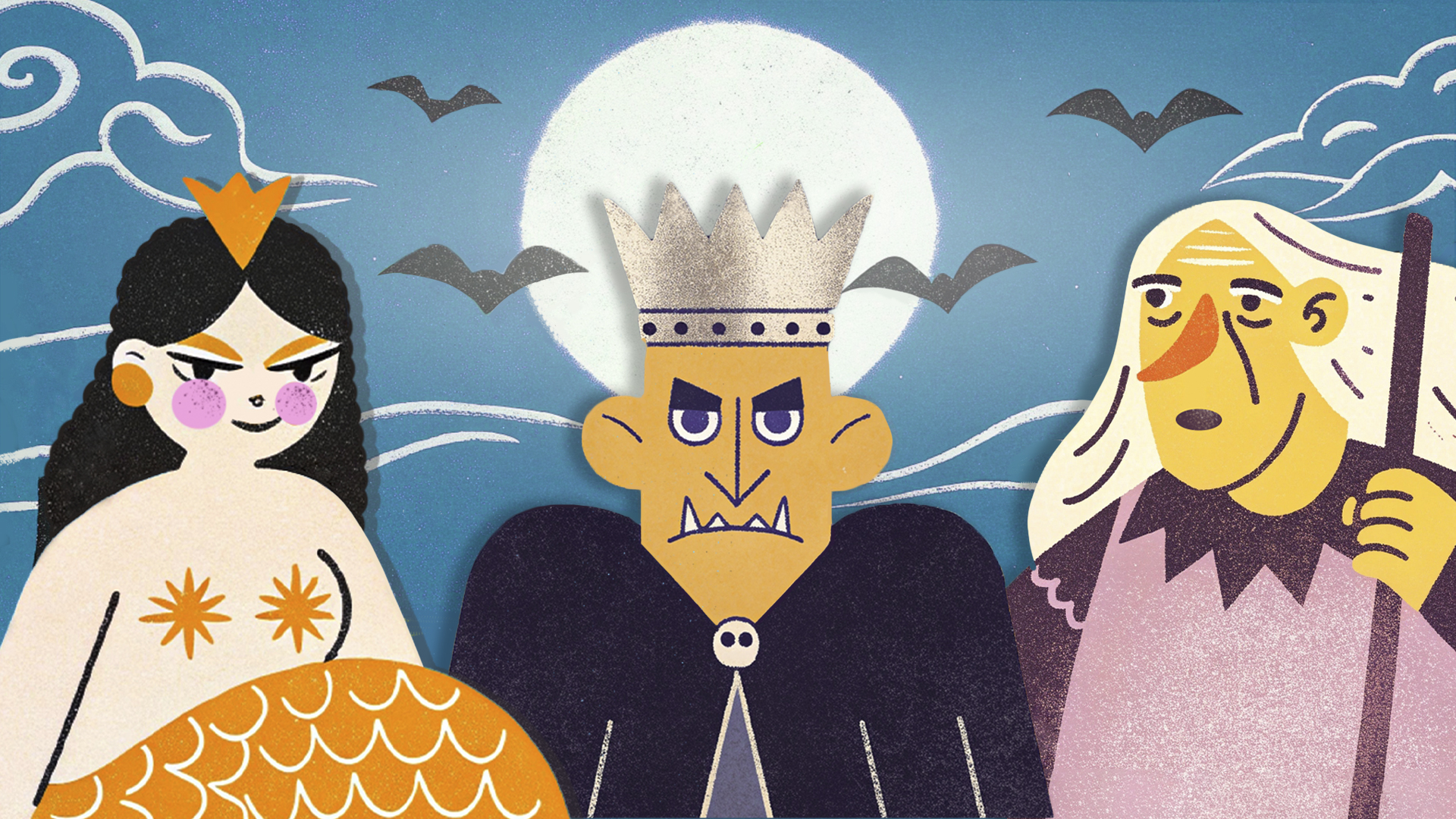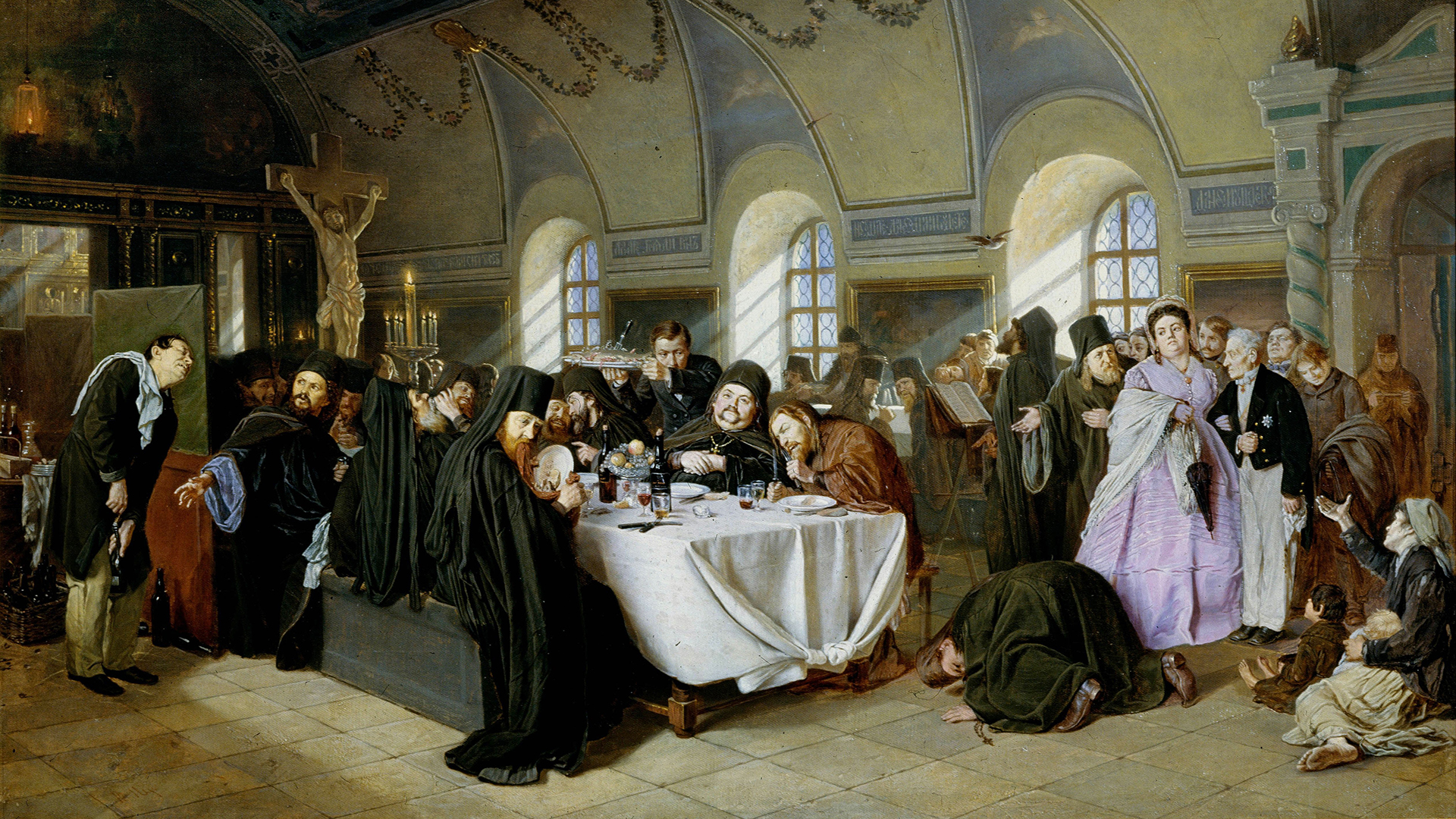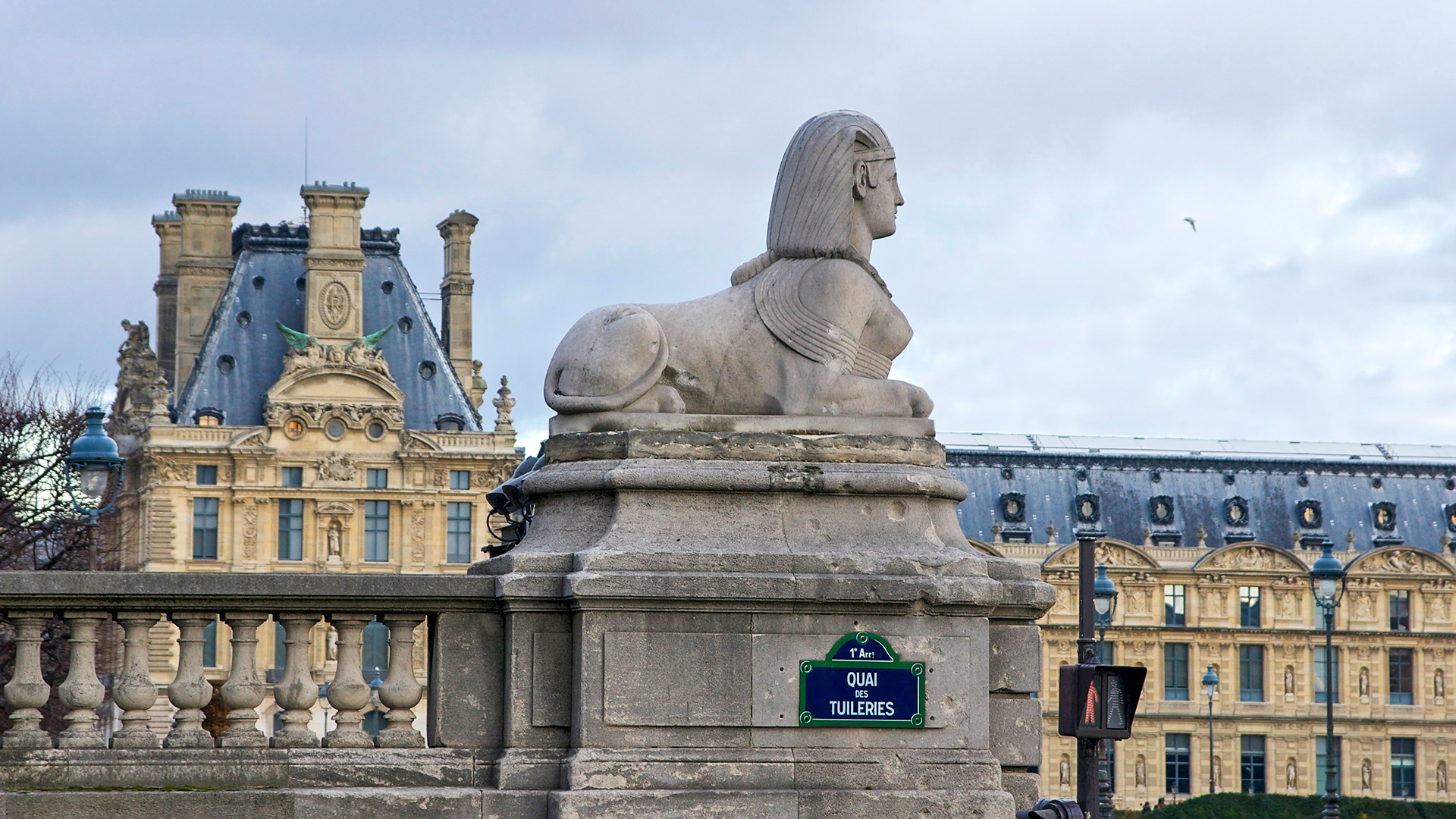
Charity posters of Tsarist Russia (PICS)

In Tsarist Russia, there were hundreds of charity organizations. Wealthy merchants and industrialists willingly gave money for charity, built schools, orphanages, hospitals, museums and helped people with disabilities.
A new book by Ksenia Lapina and Natalia Afanasyeva titled ‘Moscow in Poster, Poster in Moscow’ (Bombora publishing house) presents more than 150 works from the collection of the Museum of Moscow. Let's take a closer look at some posters from the tsarist period.
***
One of the most mass and popular days of action in the early 20th century was ‘White Chamomile Day’, which was aimed at helping to fight against tuberculosis. The tsarist family also took part in the action, dressing up in white and donating for charity. Posters promoting money gatherings could be seen all over the country. This particular poster suggested buying a chamomile flower and all collected funds would go to the maintenance of hospitals and sanatoriums.

The Palm Bazaars, which were organized a week before Easter (which is considered the main church holiday in Russian Orthodoxy) were also very popular. People were attracted by the concert and, as in the poster below, the “highlight of the program” was an airplane display.

The charity poster especially flourished during World War I, when donations of money, clothing and food for wounded soldiers and for the good of the front were solicited.

“To a soldier for a bright holiday.” At the 1915 Palm Bazaar, for a small entrance fee, one could listen to a concert, participate in a lottery and buy goods to send to the front line.

The poster below suggests Muscovites donate to the Red Cross.

And this one to donate for mobile showers and bathhouses.

And here, for example, Moscow artists arranged to collect tobacco for the “valiant army”.

Meanwhile, orphan fundraisers were held on certain days.

As well as other targeted collections, such as food for the poor.

There were also posters announcing the recruitment of volunteers for the war, as well as asking for contributions to the victory and making a loan to the depleted state treasury.



